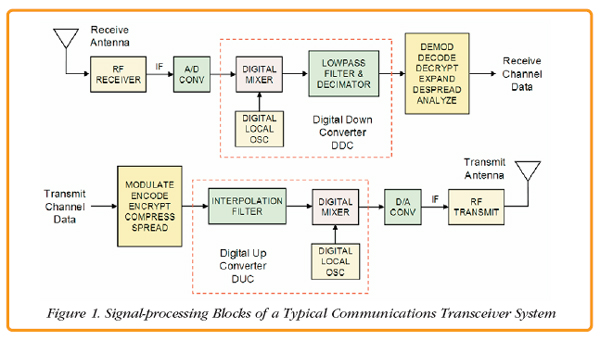Advanced Signal Processing Techniques for Communication Systems

About Course
Step into the fascinating world where math meets real-time communication. “Advanced Signal Processing Techniques for Communication Systems” is your gateway to understanding how voice, video, and data traverse the globe with clarity, speed, and reliability. Designed for aspiring engineers, researchers, and tech enthusiasts, this course explores how advanced signal processing shapes modern communication—from 5G to satellite systems and the Internet of Things.
Through engaging, example-rich content, you’ll explore powerful techniques like OFDM, MIMO, and adaptive filtering, and understand how error correction, modulation, and channel coding enable robust and efficient transmission. You’ll also gain insight into emerging innovations, such as cognitive radio, machine learning for signal processing, and the futuristic potential of quantum communication systems. Whether you aim to build communication networks or design secure and efficient communication algorithms, this course provides the skills and context to thrive in the future of connectivity.
Course Content
Introduction
Overview of Advanced Signal Processing Techniques
00:00Importance of Advanced Signal Processing Techniques for Communication Systems
00:00Brief Overview of Communication Systems
00:00Scope of the E-book
00:00